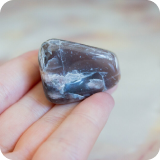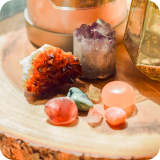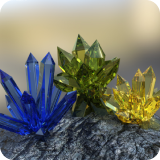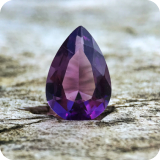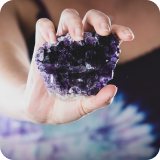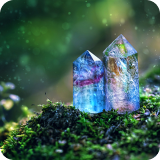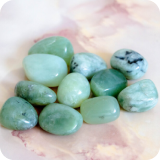- Top 12 Gemstones Recently Discovered
- Aquadité
- Sonoranite
- Carmeltazite or Carmel Sapphire
- Peacock Aquaprase
- Mozambique or Montepuez Rubies
- Kernowite
- Meng Eyeing Gemstones
- Yooperlite
- Pezzottaite
- Poudretteite
- Changesite-(Y)
- Lonsdaleite or Space Diamonds
- Final Thoughts
Ever thought about the newest gemstone finds? Want to know about Earth’s latest hidden gems? How do these fresh finds stack up against the old favorites we all know?
Gemstones have always held a special place in our hearts, fascinating us for ages. And there’s something truly exciting about discovering new ones.
If you love learning about the latest in the gem world and are excited about discoveries, this article is just for you.
Dive in to learn about the new gemstones making waves and changing the game. Gemstones have a vast and ever-changing world; are you set to explore its newest chapters?
Top 12 Gemstones Recently Discovered
Gemstones have always been a source of fascination with their vibrant colors and unique properties. But did you know that even recently, new gemstones are being discovered?
Let’s dive into the details of these 12 gemstones’ recent discoveries.
Aquadité
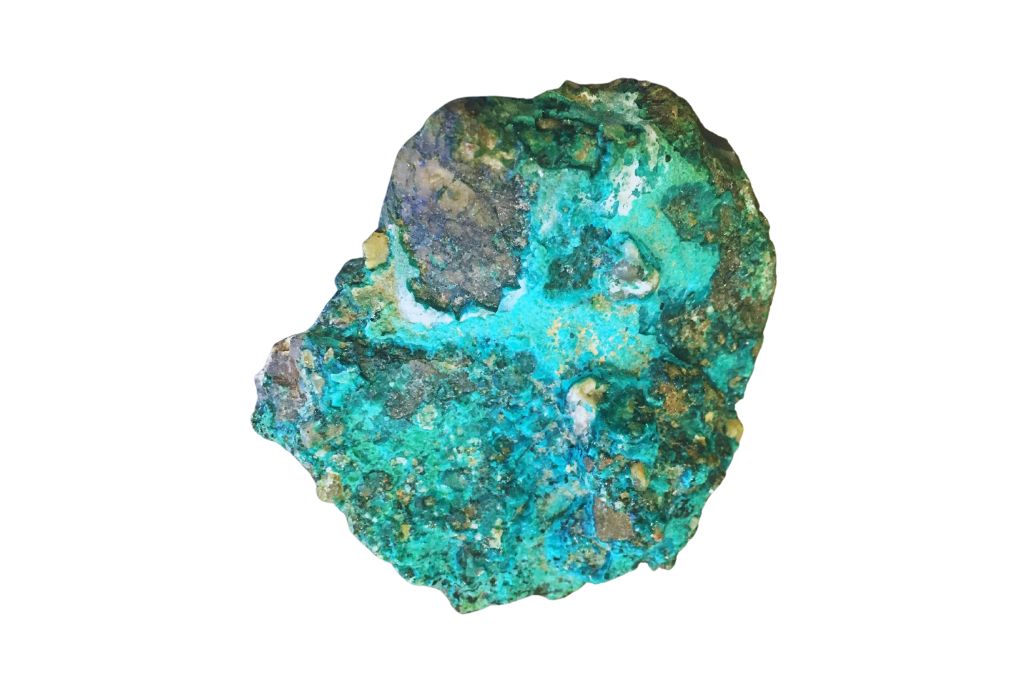
Aquadité, a type of Chalcedony, was discovered by chance in Indonesia’s Maluku Islands in April 2022. This gemstone stands out due to its gleaming Copper flecks.
Local miners stumbled upon this gem when a bulldozer, clearing a road, hit a rock that split open to reveal the coppery blue-green treasure.
The Gemological Institute of America (GIA) confirmed it as a new variety, consistent with Chalcedony, and it incorporates crystals of native Copper, red Cuprite, blue Chrysocolla, and green Malachite.
One of its most distinctive features is the abundance of dazzling Copper flecks that float throughout the Chalcedony matrix. The name “Aquadité” combines “aqua” referencing the blue sea, and “dité” referencing the Goddess Aphrodite, who is connected to love and the sea and was also the goddess of Copper.
Sonoranite
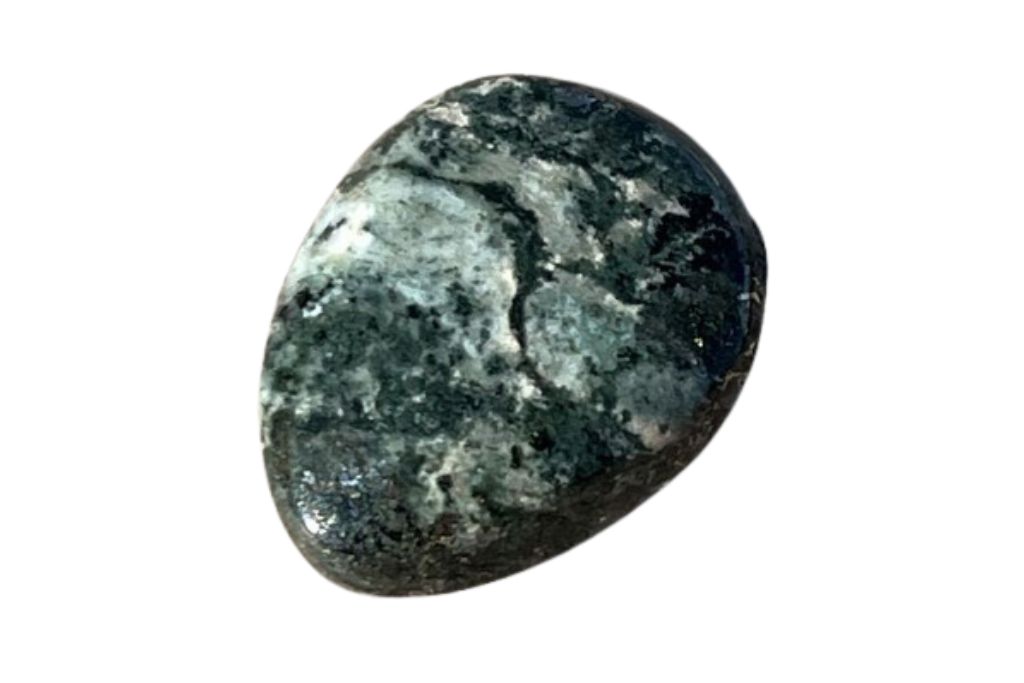
Sonoranite, a unique gemstone, was discovered by a man from the Phoenix area, John Hornewer. He found this gemstone while searching an abandoned mine for gold. This stone is distinctive because it’s one of the rare opaque gemstones, meaning you can’t see through it like you would with a Diamond.
Found exclusively in the Sonoran Desert in Arizona, Sonoranite is formed when a silicified matrix of Epidote, Pumpellyite, and Calcite combines with metals like Gold, Silver, Palladium, Copper, and other rare earth minerals.
This combination results in a truly unique gemstone. The gemstone’s hardness ranges between 7 and 8 months, making it relatively hard to extract.
Sonoranite is linked to the Heart chakra, representing love and compassion. It is believed to promote emotional healing and foster a sense of inner peace.
Carmeltazite or Carmel Sapphire

Carmeltazite, also known as Carmel Sapphire, is a recently found gem from Northern Israel. Experts officially recognized This precious stone as a rare mineral in 2018.
What’s fascinating about Carmeltazite is its unique appearance – it comes in various colors, like black, blue-green, and even orange-brown, making it a hot favorite among jewelry lovers and collectors.
One intriguing thing about Carmeltazite is where it’s found. It was discovered inside Sapphire, a well-known gem, hidden within volcanic rocks on Mount Carmel and the Kishon Mid Reach in Northern Israel.
Even though it may look a bit like Ruby and Sapphire, it’s quite different and stands out as a distinct type of Sapphire not found anywhere else on Earth.
Peacock Aquaprase
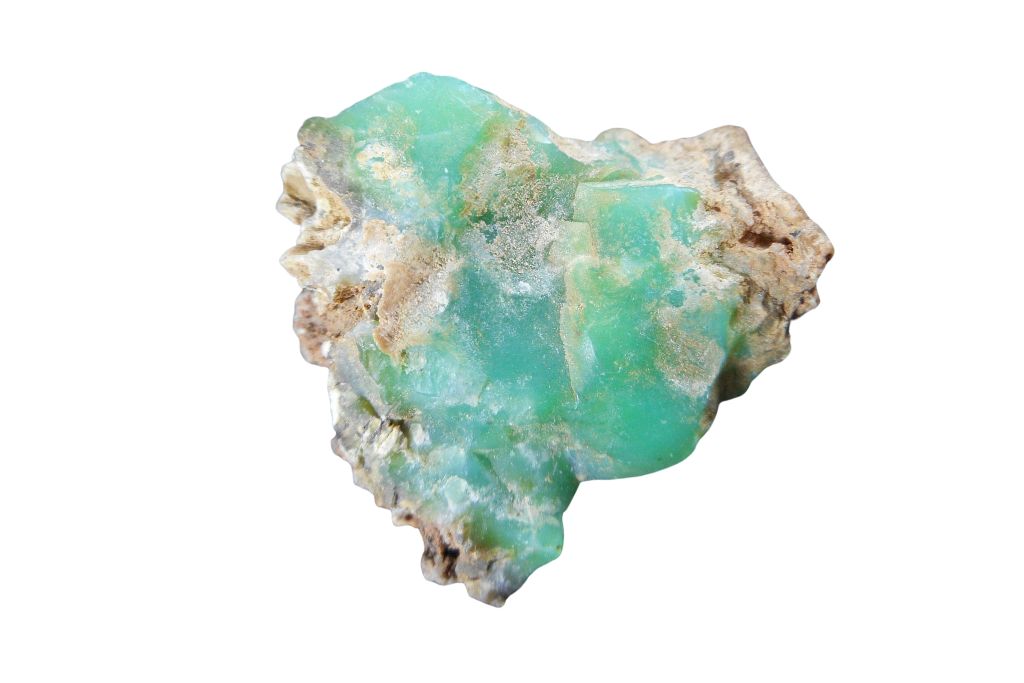
Peacock Aquaprase is a newly identified gemstone discovered by gem explorer Yianni Melas in 2013. Initially, there was confusion about whether this stone was Chrysoprase or Opal.
However, after analysis by the Gemological Institute of America, it was confirmed to be a unique type of blue-green Chalcedony.
The name “Aquaprase” was chosen by Melas as the color reminded him of the Aegean Sea in his homeland, Greece. This gemstone is known for its iridescent beauty and the variations in its color, making each stone truly unique.
The renowned jewelry company, Le Vian, took an interest in Aquaprase due to its distinct color and the fact that it originates from a single mine. They named their collection of these stones “Peacock Aquaprase.”
Another fascinating aspect of Aquaprase is its reaction to the weather, as it displays different characteristics based on its surroundings. This gemstone offers a blend of uniqueness and natural beauty, making it a valuable addition to the world of gemstones.
Mozambique or Montepuez Rubies
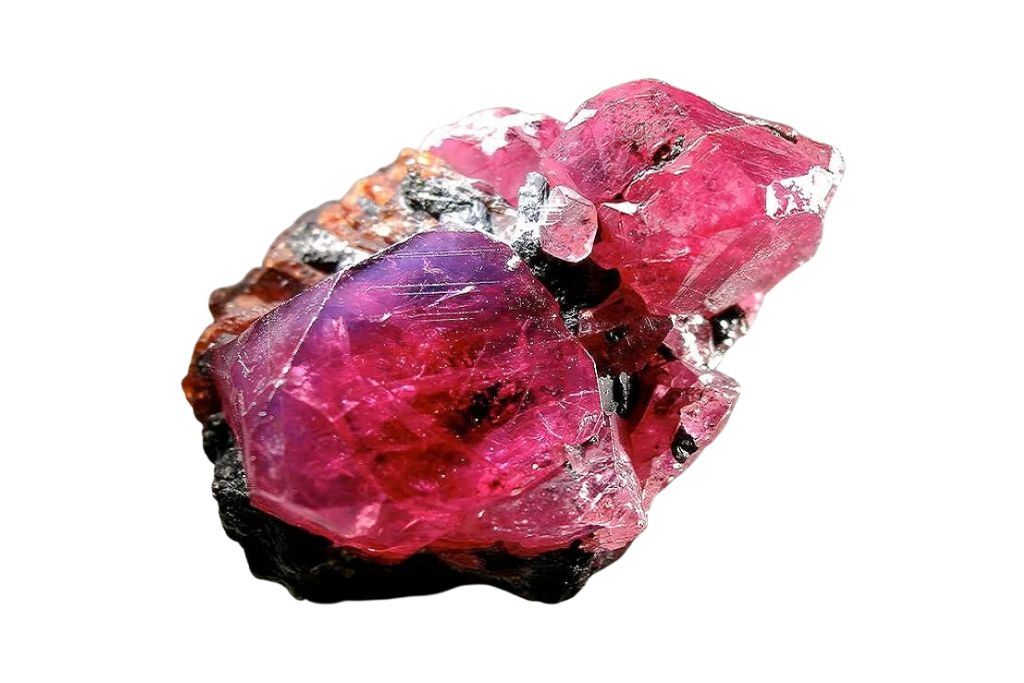
Rubies from the Montepuez area in Northern Mozambique have garnered significant attention in the gemological world. Discovered in the spring of 2009, these Rubies quickly dominated the Ruby trade in Thailand, a major global Ruby trading hub.
Unlike the marble-type Rubies from places like Mogok or Mong Hsu in Myanmar or the basalt-related Rubies from Thailand or Cambodia, the Montepuez Rubies are amphibole-related.
This means they typically have a higher iron content than marble-related Rubies but less than basalt-related ones.
A unique composition gives them a distinct appearance, bridging the gap between the highly fluorescent marble-type Rubies and the weakly fluorescent basalt-related ones.
Kernowite
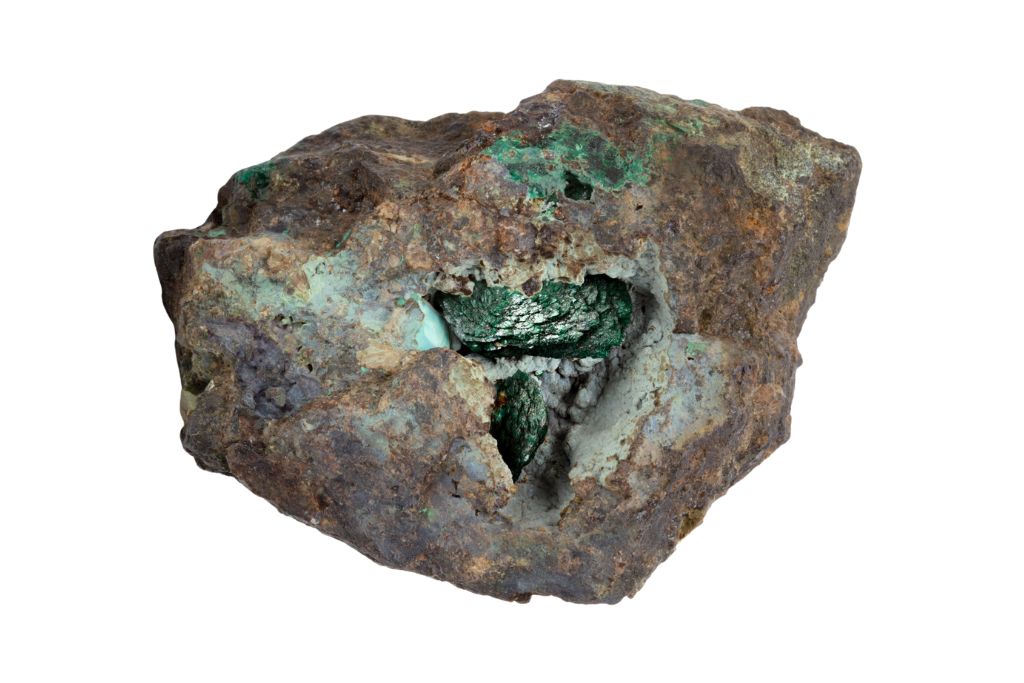
Kernowite is a newly discovered mineral with its distinctive dark green hue. This mineral was identified by scientists while analyzing a rock that had been mined in Cornwall approximately 220 years ago.
Named “kernowite” after “Kernow,” the Cornish term for Cornwall, this mineral was initially believed to be a variation of another mineral called liroconite. However, upon closer examination by a team led by Mike Rumsey from the Natural History Museum (NHM), it was determined that Kernite has a different chemical composition.
While blue liroconite is sought after by collectors globally, most originate from the Wheal Gorland site, the same location as Kernite.
Meng Eyeing Gemstones
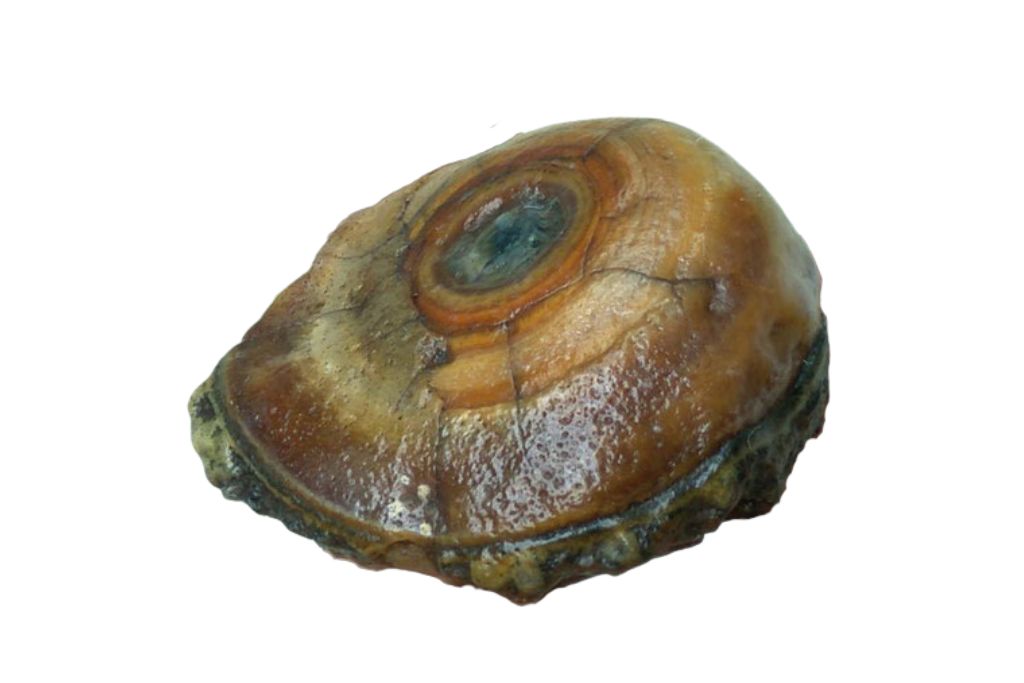
Meng Eyeing Gemstones are a unique and recent addition to the world of gemstones. These natural stones are distinct for their eye-like images, with each gemstone boasting one or more of these captivating patterns.
Discovered in 2010 in Inner Mongolia, they are considered among the newest gemstones in the world. Composed mainly of Agate and Chalcedony, these gemstones have a hardness slightly above 7.5, resembling Jadeite.
There are two types of Meng Eyeing Gemstones: natural and artificial. The natural ones are sourced from the deserts of Inner Mongolia and the People’s Republic of Mongolia, while the artificial ones, known as “Eyed Dzi Beads,” are reminiscent of a type of Meng Eyeing Gemstone that was discovered in Tibet over a thousand years ago.
Due to their rarity and unique appearance, Meng Eyeing Gemstones are anticipated to become highly sought after in the gemstone market.
Yooperlite
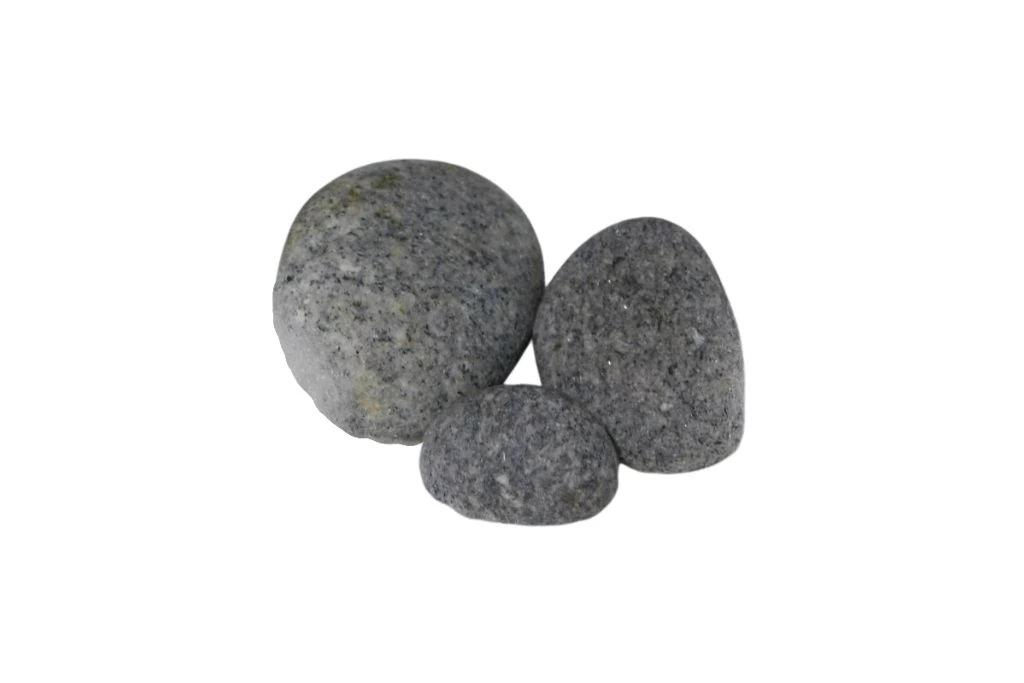
Yooperlite is not your typical gemstone but a unique Syenite stone containing Sodalite inclusions. When exposed to UV light, these inclusions cause the stone to emit a mesmerizing orange or yellow glow.
Some believe that Yooperlite can assist with inner clarity and self-expression, fostering a sense of illumination in one’s life.
The stone was first discovered in 2017 along the coast of Lake Superior in Michigan. The name “Yooperlite” is derived from the term “yooper,” a colloquial name for residents of the Upper Peninsula of Michigan.
Pezzottaite
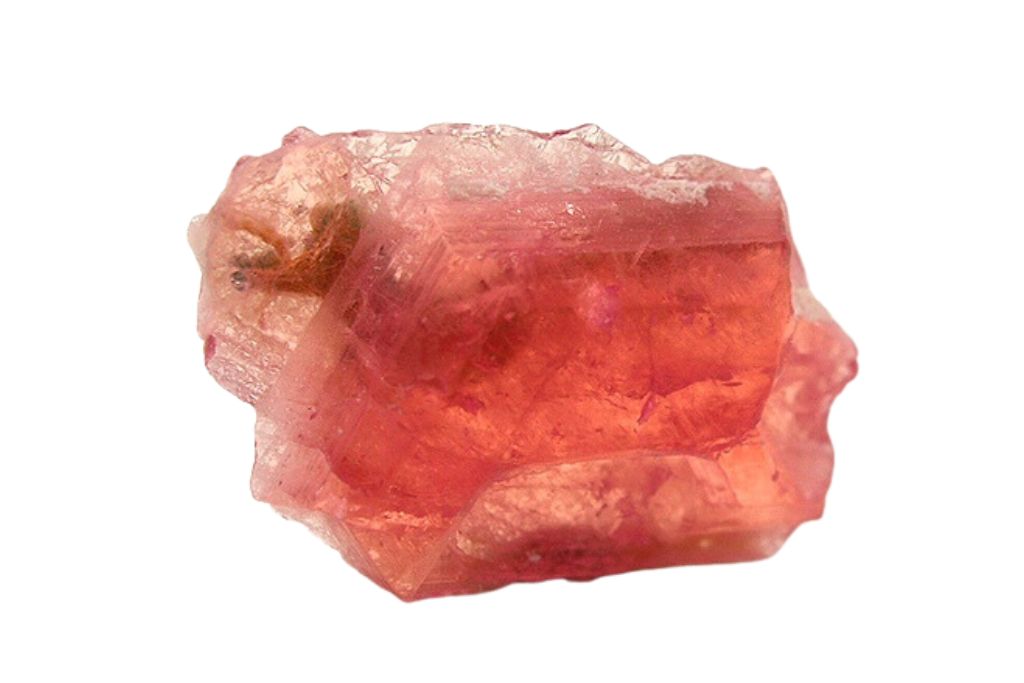
Pezzottaite, a rare gemstone in the Beryl family, was named after Dr. Federico Pezzotta in the late 1990s. It’s cherished for its vivid red or pink color, reminiscent of raspberries.
This gem is primarily found in the Wah Wah Mountains, Utah, but it also occurs in Madagascar, Namibia, and Afghanistan. It has manganese in its crystal structure.
Metaphysically, Pezzottaite is associated with the Heart Chakra, symbolizing love and emotional healing.
It was first discovered in 1958 by Lamar Hodges but gained mineral status only in the late 1990s. Quality is judged by its rich red or pink color, but it’s relatively soft (Mohs hardness 7.5 to 8) and requires careful handling.
Poudretteite
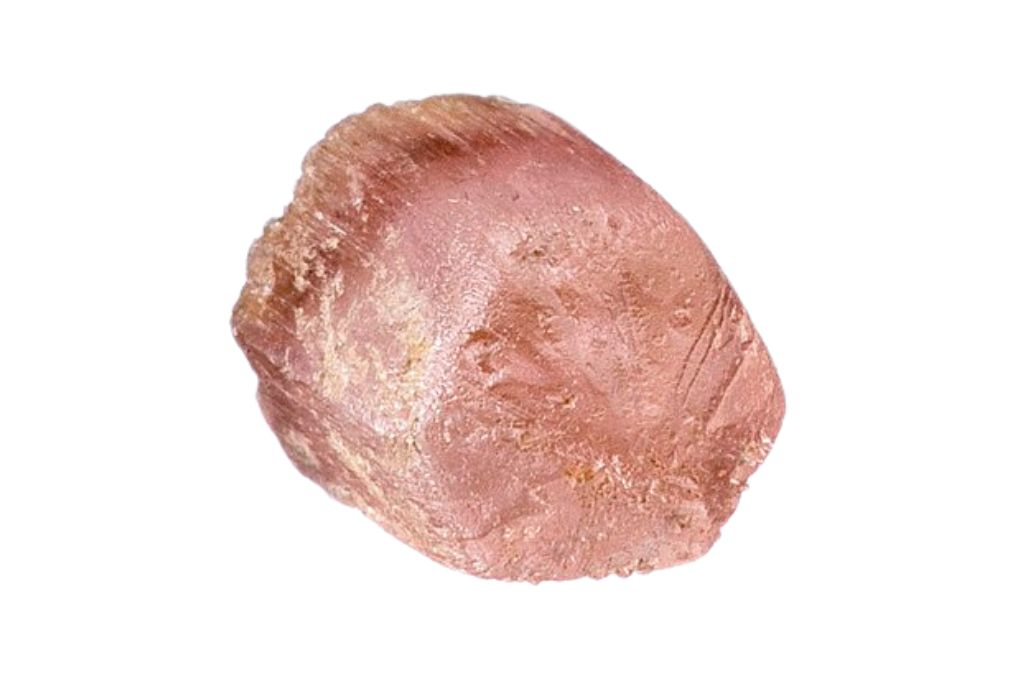
Poudretteite, an exceedingly rare gemstone with a captivating pink to lavender color, was initially discovered in 1965 in Mont Saint-Hilaire, Quebec, Canada. It takes its name from the Poudrette family, owners of the quarry.
Later, gem-quality Poudretteite was found in Myanmar’s Mogok Valley in 2000, a renowned gemstone region.
This gem’s allure stems from both its scarcity and enchanting color, often associated with the Crown Chakra, symbolizing spirituality and consciousness.
Its transparency and brilliance make Poudretteite highly desirable for jewelry, particularly in rings and pendants. Due to its rarity, it commands high prices, making it a prized gem among collectors and enthusiasts.
Changesite-(Y)
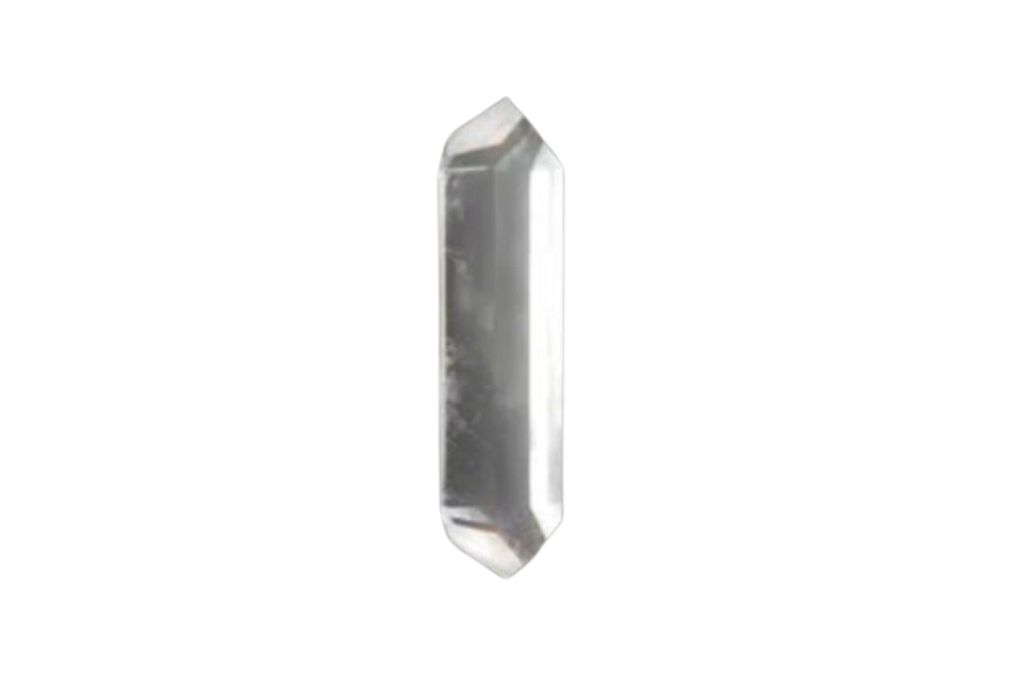
In 2020, Chinese scientists found a new lunar mineral called Changesite-(Y) in moon samples. It’s a columnar crystal phosphate mineral. This discovery made China the third country, after the US and the Soviet Union, to find a lunar mineral.
They collected it during the Chang’e 5 mission, which marked the first lunar sample return since the 1970s.
As for its properties, Changesite-(Y) is linked to the moon’s mystical and spiritual aspects, like intuition, dreams, and emotional healing. The moon represents cycles, transformation, and rebirth, so this mineral may symbolize new beginnings and spiritual growth.
Lonsdaleite or Space Diamonds
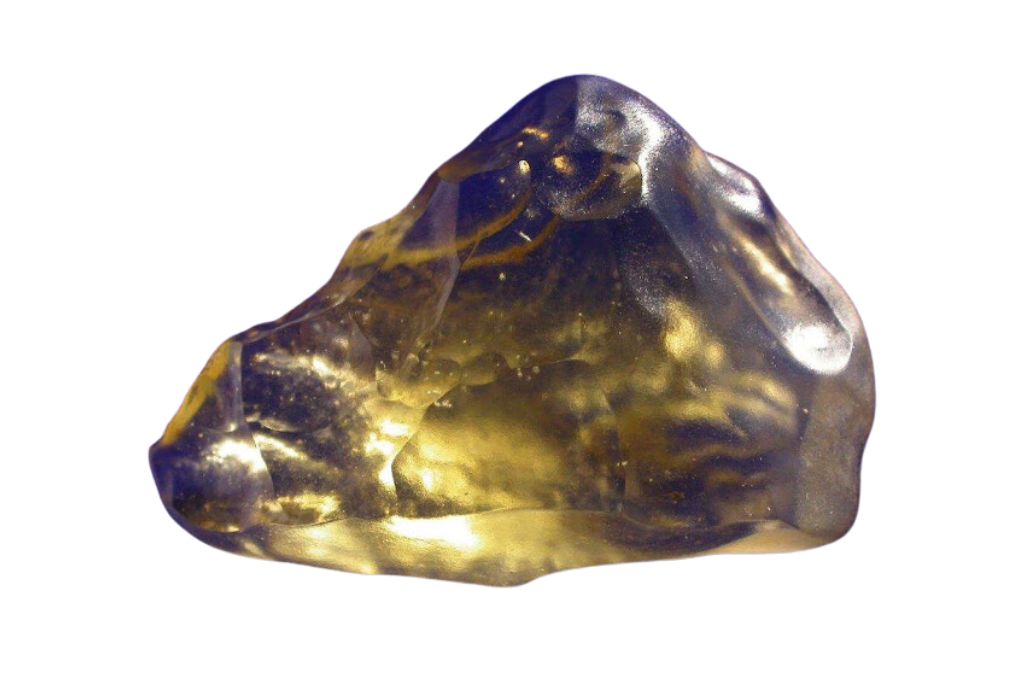
Lonsdaleite, known as “Space Diamonds,” has a unique hexagonal atomic structure, different from regular diamonds. It likely comes from meteorites formed in space.
The largest Lonsdaleite crystals were recently found in a meteorite from a dwarf planet hit by a massive asteroid billions of years ago, although this idea is debated. This discovery confirms its existence in nature.
One of the most intriguing aspects of Lonsdaleite is its remarkable hardness, estimated to be about 58% harder than regular diamonds.
This extraordinary hardness makes Lonsdaleite potentially valuable for various applications, including mining and producing ultra-hard machine parts.
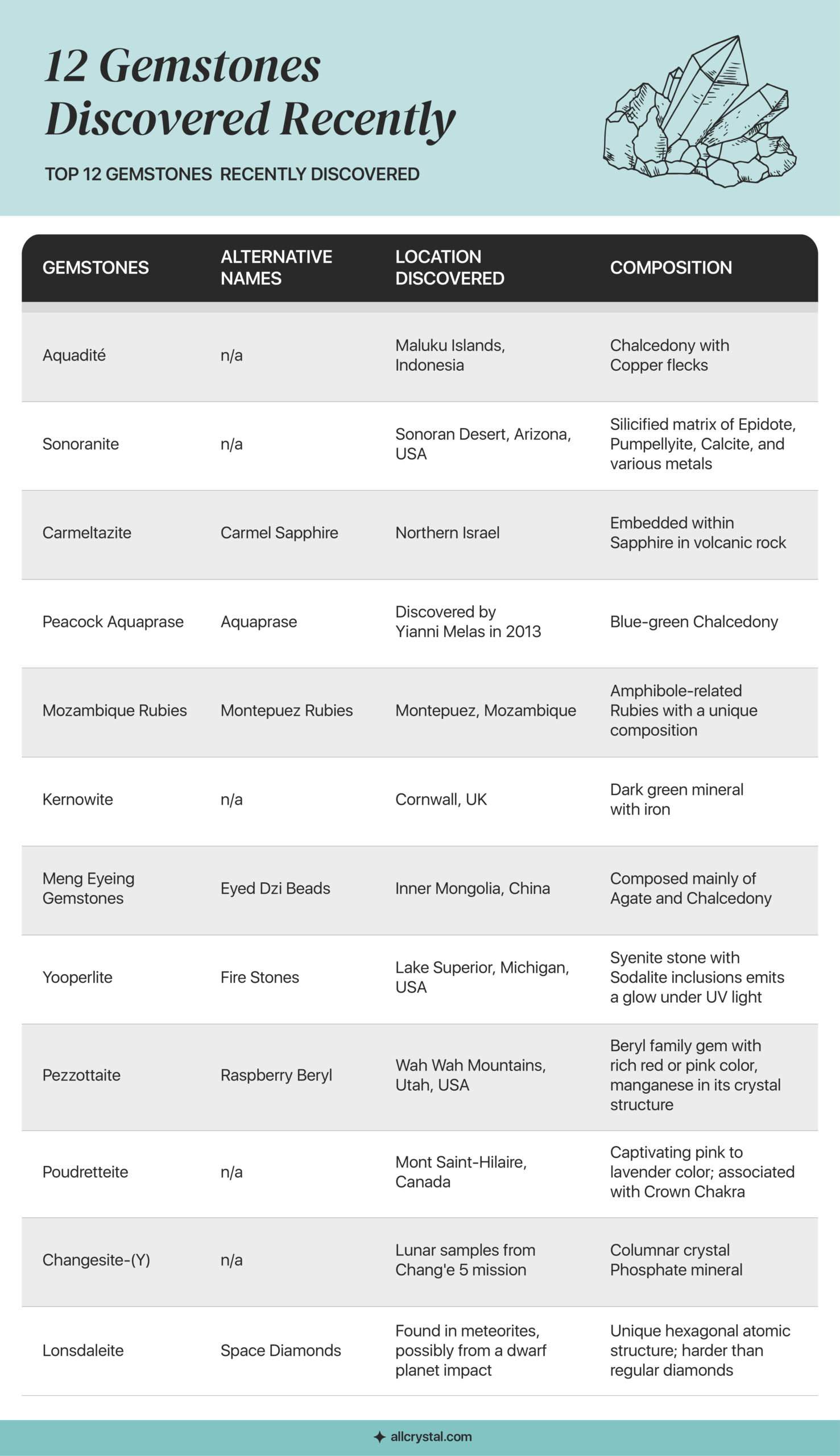
Final Thoughts
These newly discovered gemstones offer not just beauty but a connection to our Earth’s past and its ever-changing story. As we unearth these hidden treasures, let’s take a moment to admire their unique colors and qualities.
Whether you’re a gem lover or just curious about our planet’s mysteries, these finds encourage us to explore and appreciate the wonders still waiting to be uncovered. It’s a reminder that our world is full of precious secrets, just waiting for us to discover and cherish.


